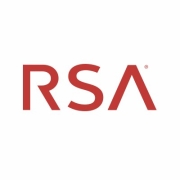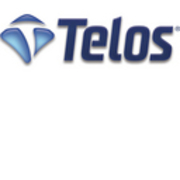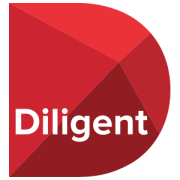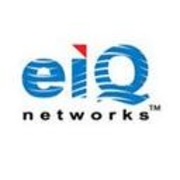IT Governance ensures that IT resources are used responsibly, aligning IT strategies with business goals, and mitigating risks. It establishes structures and processes to support decision-making and performance measurement in IT environments.
Implementing an effective IT Governance framework helps organizations manage their IT infrastructure efficiently, leading to improved compliance, better risk management, and enhanced IT performance. This framework integrates best practices and standards, allowing businesses to align their IT investments with strategic business objectives. With increasing reliance on technology, establishing a solid governance structure can significantly boost operational efficiency and decision-making transparency while ensuring that resources are utilized to their best potential.
What are critical features of IT Governance solutions?In industries such as finance and healthcare, IT Governance frameworks are crucial for maintaining compliance with strict regulations and securing sensitive data. The finance sector uses IT Governance to assess risk levels and protect customer information, while the healthcare industry focuses on complying with privacy laws and managing patient information securely.
Establishing robust IT Governance supports organizations in streamlining operations, protecting valuable assets, and aligning technology initiatives with overall business strategies. It equips businesses with the necessary tools and processes to respond effectively to challenges and opportunities in a rapidly evolving technological landscape.
| Product | Market Share (%) |
|---|---|
| RSA Archer | 31.6% |
| MetricStream | 22.1% |
| IBM OpenPages | 21.7% |
| Other | 24.599999999999994% |

























IT Governance sets the framework for aligning IT strategy with business goals, ensuring your cybersecurity efforts are efficient and comprehensive. By implementing IT Governance policies, you can standardize security practices across all departments, ensuring adherence to compliance and regulatory standards, reducing risks, and strengthening your organization's overall security posture.
What role does IT Governance play in digital transformation?IT Governance is crucial in guiding digital transformation by ensuring that new technologies align with business objectives and are implemented effectively. It helps in managing risks, optimizing resources, and ensuring the integration of new systems is seamless, leading to improved business operations and competitive advantage.
How do you measure the effectiveness of IT Governance solutions?To measure the effectiveness of IT Governance solutions, track metrics such as IT service delivery performance, incident response times, and compliance audit results. Evaluating these metrics allows you to identify areas for improvement, ensuring IT supports business objectives efficiently and effectively.
What are the key components of a successful IT Governance framework?A successful IT Governance framework includes strategic alignment of IT objectives with business goals, performance measurement to track IT contributions, risk management to mitigate potential issues, value delivery to ensure IT investments provide benefits, and resource management for optimal utilization of IT resources.
How can IT Governance minimize operational risks?By establishing clear policies and procedures, IT Governance helps mitigate operational risks through proactive risk management. It enables you to anticipate potential issues, ensure compliance with industry regulations, and implement effective controls, reducing the likelihood of incidents that could disrupt business operations.